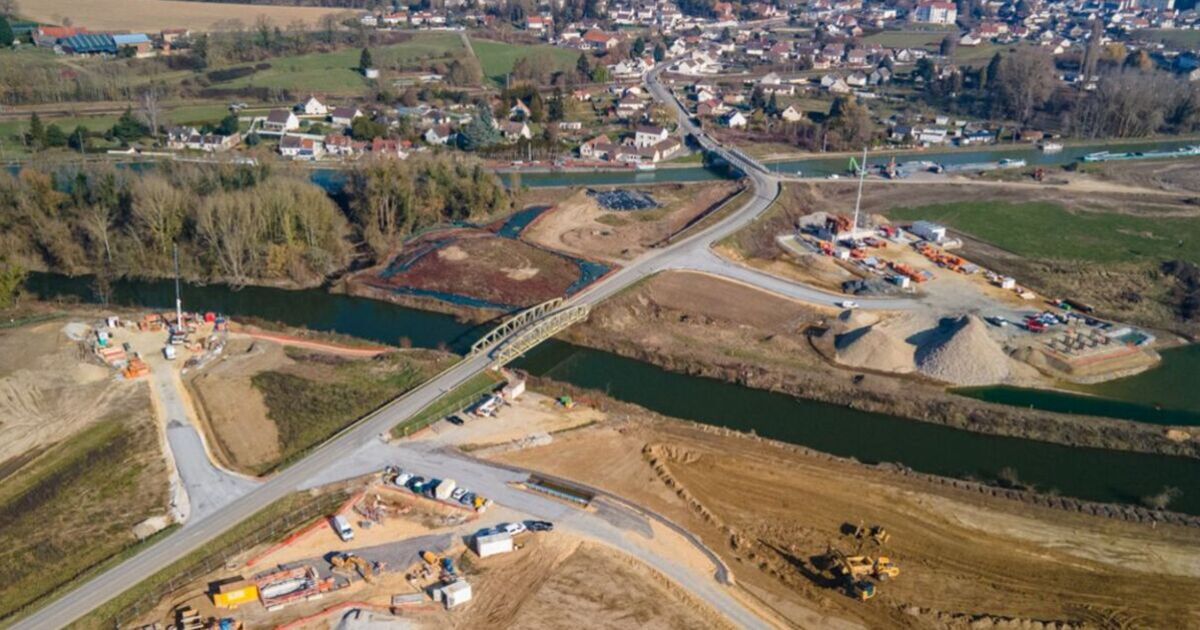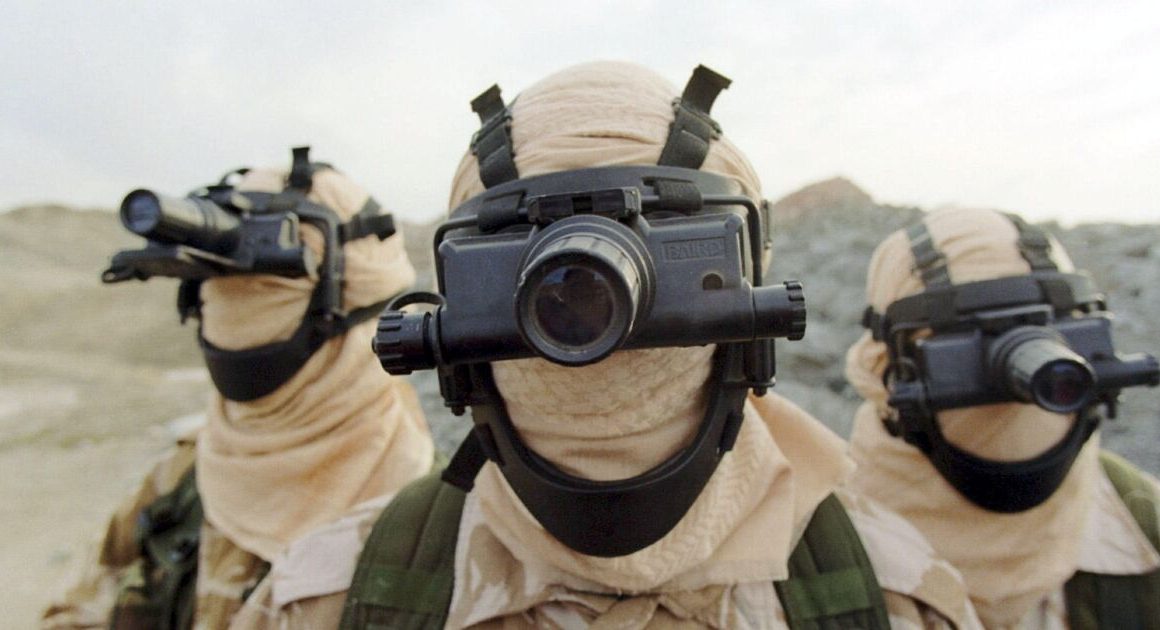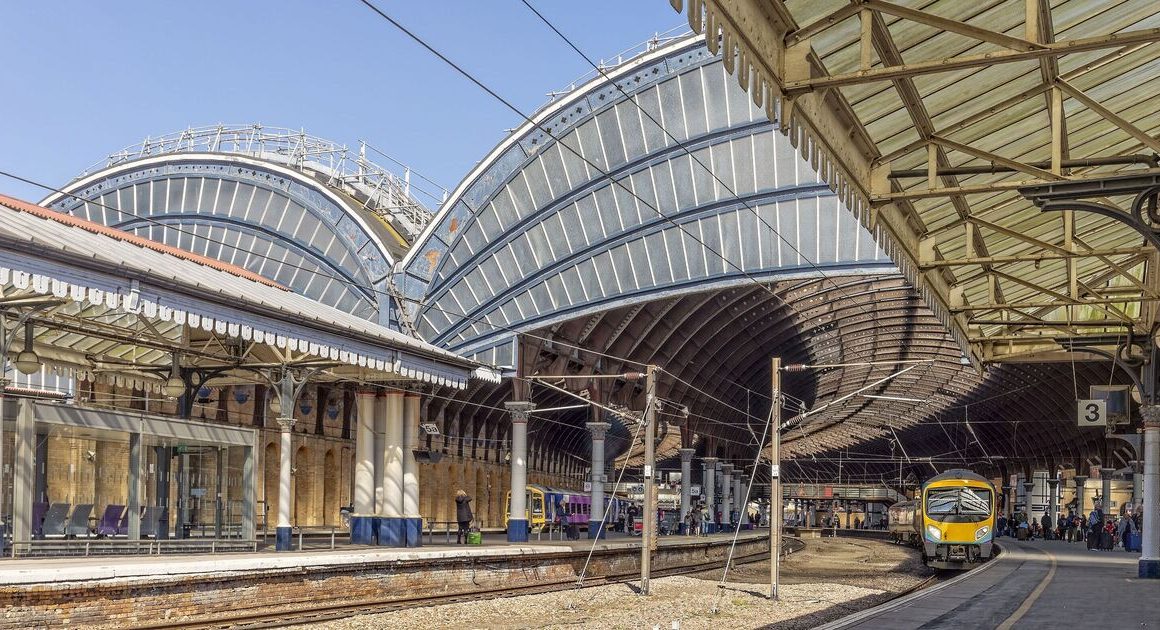France will soon receive its own equivalent of the Suez Canal that will connect it to three other European nations via Paris.
Work on the Seine-Nord Europe Canal (SNEC) began in 2023, nearly 15 years after it was officially greenlit, with officials eager to break up a European transport bottleneck.
The massive €5.1billion (£4.3billion) project had struggled to get off the ground floor since it was first approved in 2009 but works finally sputtered into life in July last year.
The new canal has been conceived as a solution to the existing bottleneck at Canal du Nord and Canal de Saint-Quentin, which run parallel to one another in northern France.
While only slightly longer than its existing counterparts, SNEC will, in practice, allow massive freight to pass through a clogged and traffic-heavy area, but its environmental credentials have been disputed by activists.
When it is complete, the 107km (66-mile) route will join the Rise River to the Dunkirk-Escaut Canal.
The vital connection will serve as an access point for freight travelling from Paris to Belgium, the Netherlands and Luxembourg.
Jérôme Dezobry, the president of Société du Canal Seine-Nord Europe (SCSNE), an executive board created to oversee the SNEC, told CNN the resulting expansion would feel like a “move from small roads to motorway”.
When it opens in 2030, the route will boast 60 bridges, seven locks, three canal bridges, and up to 700 hectares (1,729 acres) of environmental plantation.
Arcadis, a firm that consulted on the project, said the route would also help cut carbon emissions to a third of their current total and take 760,000 trucks off the road.
Environmental groups aren’t convinced the canal will help reduce emissions, however.
Extinction Rebellion has claimed construction will damage the route’s ecology and only open up the roads for more trucks.
A spokesperson for the group told CNN: “We do not believe the canal will significantly reduce CO2 emissions.”
They added: “Today nothing demonstrates that the canal will be frequently used.
“Unfortunately, we may (be building) infrastructure that will not be used as expected. And for this, a big area is being destroyed and artificialised.”












